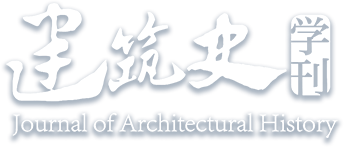Abstract:
The petroleum industry undoubtedly served as the linchpin of the country’s large-scale reconstruction endeavors after the Japanese were defeated in 1945. The inclusion of supporting industrial land and standardized refueling station as unique facets of post-war urban renewal further underscores their significance. By tracing the petroleum industry’s establishment under the aegis of National Government Resources Commission, this paper meticulously analyzes the organizational planning process, the rationale behind land zoning, and the trajectory of terminal construction, employing a holistic “organization-land-terminal” perspective. It delves into government and enterprise documents, land archives, engineering reports, construction historical materials, and field exploration data to expound upon the standardization ideas and architectural traits of gas stations. It is noteworthy that Shanghai’s post-war reconstruction in the petroleum industry did not merely build upon the existing industrial infrastructure; rather, it emerged as a crucial juncture supporting Shanghai’s transformation into a productive city after 1949.


 下载:
下载: